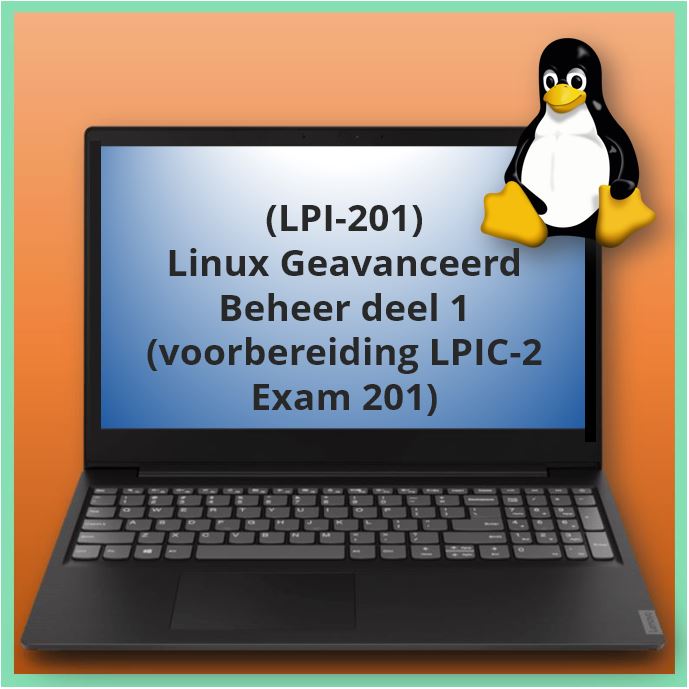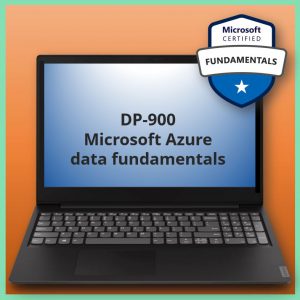Aangeboden leervormen

Linux Geavanceerd Beheer deel 1 (voorbereiding LPIC-2 exam 201) (LPI-201)
This course prepares students to take the LPI 201 exam of the LPIC-2 certification. The Linux Professional Institute (LPI) is the go-to certification body for vendor independent Linux certifications.
This course covers more advanced Linux skills such as system management and networking. Students will feel confident taking the LPI LPIC-2 201 exam with in classroom assessments and practice exams

Voor wie
De training is geschikt voor volgende Linux distributies:
• Red Hat Enterprise Linux 6
• SUSE Linux Enterprise 11
• Ubuntu 12.04 LTS
Programma
• Boot process and SYSV INIT
• LPI Objectives Covered
• Booting Linux on PCs
• LILO Options
• GRUB Configuration
• Kernel Boot Parameters
• /sbin/init
• System Init Styles
• Linux Runlevels
• /etc/inittab
• /etc/rc.sysinit
• SUSE /etc/init.d/boot
• Runlevel Implementation
• Typical SysV Init Script
• The /etc/rc.local File
• The /etc/init.d/*.local Files
• Managing Daemons
• Controlling Service Startup
• Shutdown and Reboot
• Rescue environments
• LPI Objectives Covered
• Diagnostic/Recovery Runlevels
• Rescue Procedures
• Recovery: mount and chroot
• Recovery Examples
• Recovery: Network Utilities
• Linux kernel: components and compile
• LPI Objectives Covered
• Why Compile?
• Getting Kernel Source
• Preparing to Compile
• Configuring Kernel Compilation Options
• Available Kernel Compile Options
• Compiling the Kernel
• Install Compiled Kernel Modules
• Installing the Kernel
• Tips and Tricks
• Configuring Kernel Components and Modules
• Kernel Modules
• Handling Module Dependencies
• Configuring the Kernel via /proc/
• Filesystem administration
• LPI Objectives Covered
• Filesystem Support
• Mounting Filesystems
• Filesystem Table (/etc/fstab)
• AutoFS
• AutoFS Configuration
• Partitioning Disks with fdisk
• Partitioning Disks with parted
• Filesystem Creation
• Filesystem Maintenance
• Resizing Filesystems
• Swap
• Persistent Block Devices
• udev
• LVM and RAID
• LPI Objectives Covered
• Logical Volume Management
• Implementing LVM
• Creating Logical Volumes
• Manipulating VGs and LVs
• Advanced LVM Concepts
• system-config-lvm
• SLES Graphical Disk Tool
• RAID Concepts
• Array Creation with mdadm
• Software RAID Monitoring
• Software RAID Control and Display
• Client networking
• LPI Objectives Covered
• Linux Network Interfaces
• Configuring Network Interfaces
• Configuring Routing Tables
• IP to MAC Address Mapping with ARP
• Network Configuration with ip Command
• Starting and Stopping Interfaces
• Linux Wireless Extensions and Tools
• Wireless Tools Discovery
• NetworkManager
• Tuning Kernel Network Settings
• Configuring a DHCP server
• netconfig and system-config-network
• SUSE YaST Network Configuration Tool
• OpenVPN
• Network Diagnostics
• Discovering Reachable Services
• tcpdump and wireshark
• Information from netstat
• System maintenance
• LPI Objectives Covered
• System Messaging Commands
• Controlling System Messaging
• Archives with tar
• Archives with cpio
• The gzip Compression Utility
• The bzip2 Compression Utility
• Compiling/Installing from Source
• Tape Drives
• Backup Software
• Backup Examples
• DNS Concepts
• LPI Objectives Covered
• Naming Services
• DNS – A Better Way
• The Domain Name Space
• Delegation and Zones
• Server Roles
• Resolving Names
• Resolving IP Addresses
• BIND Administration
• BIND Configuration Files
• rndc Key Configuration
• Configuring the Resolver
• Testing Resolution
• Creating DNS Hierarchies
• LPI Objectives Covered
• BIND Configuration Files
• named.conf Syntax
• named.conf Options Block
• Creating a Site-Wide Cache
• Zones In named.conf
• Zone Database File Syntax
• SOA – Start of Authority
• A and PTR – Address and Pointer Records
• NS – Name Server
• CNAME and MX – Alias and Mail Host
• Abbreviations and Gotchas
• $ORIGIN and $GENERATE
• Subdomains and Delegation
• Subdomains
• Delegating Zones
• in-addr.arpa. Delegation
• Issues with in-addr.arpa.
• RFC2317 and in-addr.arpa.
• Securing DNS
• LPI Objectives Covered
• Split Namespaces
• Using Views with BIND 9
• Address Match Lists and ACLs
• Restricting Queries
• Restricting Zone Transfers
• Running BIND in a chroot jail
• Securing DNS With TSIG
Voorkennis
• Linux Basis Beheer (voorbereiding LPIC-1 exam: 101)
• Linux Basis Beheer (voorbereiding LPIC-1 exam: 102)
Examen
LPIC-2 exam: 201
Duur training
Open Leercentrum: 5 dagen







